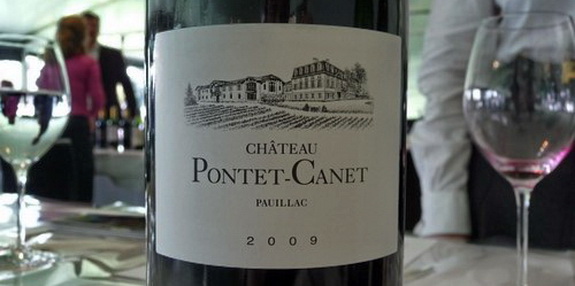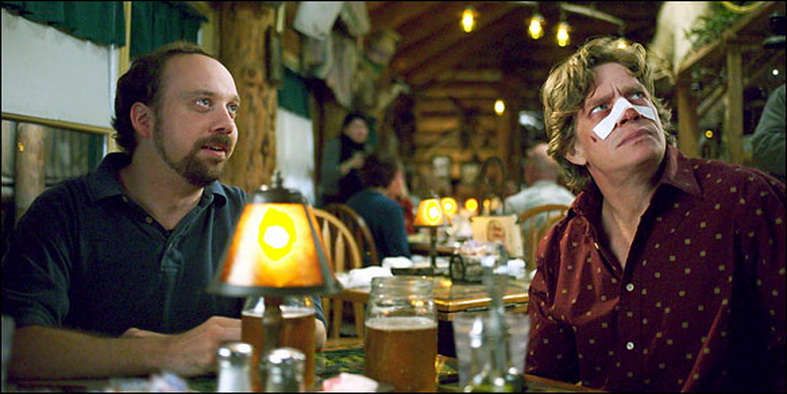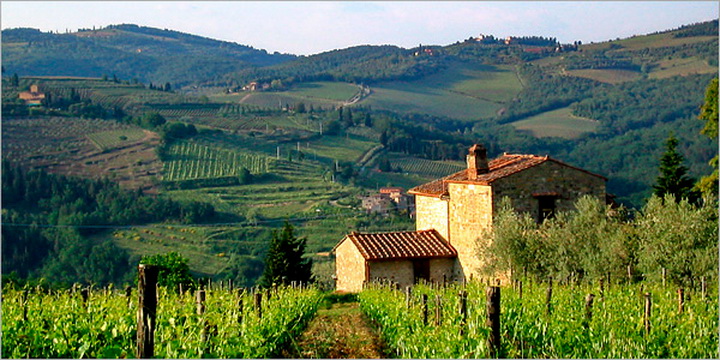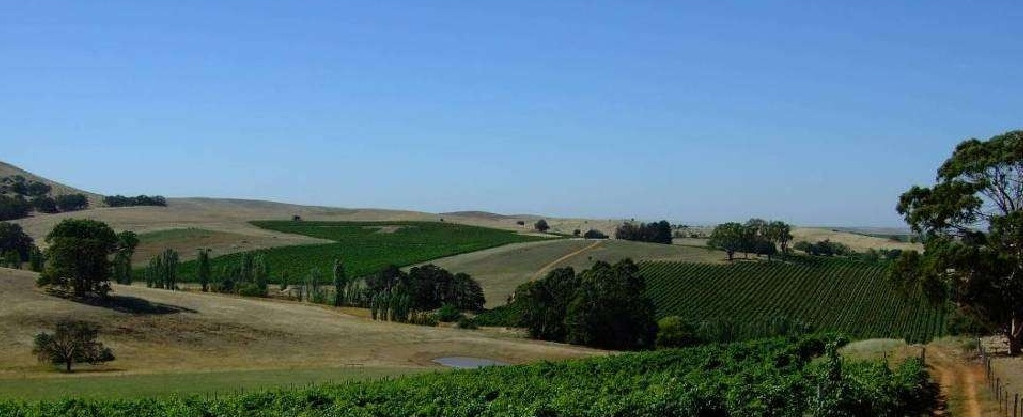Beyond wine basics: useful resources
A selection to enrich your knowledge and give you new styles and places to explore.
Consistency of style?
Even the most regulated wine area in the world has changed its style dramatically. Bordeaux once made a very well defined style of red wine the Brits called Claret. It was elegant, stylish and racy like a Jaguar E-type. If you ordered a Bordeaux red, you knew what to expect. Along came Robert Parker with his millions of blind followers, wielding power over the wine business like Oprah Winfrey did over book publishing.
 Parker declared that big was good and bigger was better. What did the custodians of the great Bordeaux chateaux do? They rolled over like dogs who like their tummies tickled, pretty well all of them, and ended up making the kinds of wines Parker raved about: big, rich, ripe, fleshy monsters of 15% alcohol.
Parker declared that big was good and bigger was better. What did the custodians of the great Bordeaux chateaux do? They rolled over like dogs who like their tummies tickled, pretty well all of them, and ended up making the kinds of wines Parker raved about: big, rich, ripe, fleshy monsters of 15% alcohol.
These wines are hard to recognise as Bordeaux reds, because high alcohol blots out a wine’s finer features the same way that too much body weight blurs facial features in people. Read more.
GREAT WINE GUIDES
Complete All About Bordeaux Guide to Bordeaux and its Wines
A Simple Guide to Burgundy Wine (with Maps)
The Guide to Côtes-du-Rhône Wine w/ Maps
Alsace Wine Region: A Manual for Oenophiles – despite the title, it’s a plain English guide from the Wonderful Wine Folly.
Introduction to Madeira Wine, from the Wine Folly.
Introduction to Rutherglen Muscat and Tokay – Our most unique wine styles come into their own on cold autumn nights with soft cheeses, nuts and raisins. Here’s the inside story.
Sauvignon Blanc – Wine Searcher takes a close look at this familiar variety, from afar.
 Does Merlot have a Future after Sideways?
Does Merlot have a Future after Sideways?
7 Primary Styles of Spanish Red Wine – an intro by the Wine Folly
Adventurist’s Guide to Argentina Wine Country (Part 2) – great guide from the Wine Folly, includes a link to part 1
Get to Know Sparkling Italian Wine – a guide to Prosecco and more from the Wine Folly
Beyond Champagne: 23 Sparkling Wines of France – great guide from the Wine Folly to all the other sparkling wines made in France
How Champagne is Made – a simple guide in case one of your kids asks you the question.
The Institution of Delicacy – by Andrew Jefford
Andrew Jefford is one of my favourite wine writers, a man of intelligence, wit and uncommon perspective. He writes a regular columns for Decanter Magazine, and this one I relate to. Delicacy is sorely missing in our reds of recent years, as I lament in Aussie Reds – big alcohol, little finesse. OK, finesse isn’t exactly the same but it’s very close.
‘What are the enemies of delicacy?’ Andrew asks in his piece. ‘A warming climate is one. There are many others, though, including viticultural improvements, ever-more-efficient yeasts, lowered vineyard yields, changed consumer expectations and critical scoring systems in which concentration, power and density of flavour (the virtues of accumulation) harvest more points than balance, grace and drinkability (the virtues of disposition).’ Read more.
Great Guides to Handling Wine
Glossary of wine terms – covers every wine word from A to Z
Wine 101: 10 Tips for Attending a Wine Tasting
A really practical guide to making the most out of wine tasting events. From WineSpectator.
How to Taste Wine Like a Pro by Tim Gaiser, Master Sommelier
 How to spit, sip and appreciate vino – it’s never too late to learn how to
How to spit, sip and appreciate vino – it’s never too late to learn how to
Chianti Wine: The Pride of Tuscany – all you need to know about Chianti.
The Best Wine Hangover Recovery Guide Ever, from the Wine Folly. Useful at this time of the year.
How to Write Excellent Wine Tasting Notes. Short and sweet guide to making useful notes about wines you’re tasting
Characteristics of Major Grape Varieties. A comprehensive overview with detailed descriptions from Wine Spectator
Riesling – Australia’s best-kept secret
‘Australia is blessed with the unpopularity of Riesling,’ said Andrew Mitchell, long time Clare Riesling maker. I can only agree. The 2012 vintage, possible the best Riesling Vintage in a decade, produced wonderful wines that earned many places on our Best Under Lists. The 2013s weren’t far behind, and some of the top wines cost $15 or less.
Australia’s Rieslings, like those of New Zealand and Alsace (and unlike those of Germany), are big enough to match food in the white meat spectrum. Chicken, spatchcock, guinea fowl, and even light pork dishes. When very young, Rieslings can go with shell fish and other delicate fish varieties. Citrus fruit dominates, bath powder and minerals play supporting roles, and the long acid backbone is pronounced. More HERE.
As Rieslings age, they develop honeyed and even buttered toast characters, sometimes accompanied by hints of kerosine and hair oil. These characters are prized by Riesling lovers because they add wonderful complexity, and they make aged Rieslings even better food wines. It’s an acquired taste, admittedly, but it’s worth acquiring. Here’s a recent post that includes a list of aged Rieslings that are still on the market.
Masterclass: Riesling, presented by Jeffrey Grosset
This is a SlideShare presentation with special focus on the Clare Valley and South Australia. There is a commentary of sorts under the presentation. Below is one of Jeffrey’s vineyards.
German Wine Basics from Dr Loosen
Short overview from the Dr Loosen Riesling Enlightenment Series
A Brief History of Mataro in Australia, by David Farmer
The earliest record I can find of Mataro being specifically mentioned is in James Busby’s, ‘Journey of a Recent Visit to the Vineyards of Spain and France’ (1834) which records the origin of the 678 vine cuttings he brought back to Australia in 1832. The French collection included a Mataro from the vineyards of M. Durand of Perpignon [Perpignan?], in the Rousillon region of southern France. Busby says; “Mr. Durand only cultivates three varieties of vines – the Grenache, which gives sweetness; the Carignane, which gives colour; and the Mataro, which gives quantity”. Read more.
Recent findings have shown that all Pinot varieties are not just related. Here Madeline Puckette from the Wine Folly gets to the bottom of the Pinot story.
Regional profile: Tasmania by Huon Hooke
Is Portugal the Most Exciting Wine Place on the Planet Today? Asks The Wine Spectator’s Matt Kramer, along with the question: Can Douro do Grand Cru?
Sauternes & Dessert Wines
The greatest examples of sweet winemaking possess amazing concentration combined with perfect balance, precision acidity and freshness, whilst at the same time being exceptionally long lived. They are some of the most exciting and expensive wines in the world. (A bottle of 1787 Chateau d’Yquem was purchased for the record breaking sum of 90,000 US dollars, the most expensive white wine ever sold, until the film Red Obsession claimed a $1.5 million dollar price tag for a Bordeaux).
Where fortified wine involves adding spirit to halt the fermentation artificially, the most common cause of fermentation cessation in the production of sweet wines is the extraordinary sugar levels of the fermenting grapes. This naturally drives the alcohol level above 15% Alc./Vol. to a point where the yeasts can no longer exist, leaving behind varying degrees of residual sugar. Read more.
Sherry: The Dry Wine That Everyone Should Love
A guide to sherry from The Wine Folly
Langton’s Classification of Australian Wine, Andrew Caillard
The great European Wine Regions have long-established classifications of their great wines, ranked in precise order of importance in Bordeaux. This is Andrew Caillard’s attempt to do the same for our best wines, and very interesting. Be warned: most of the wines on these lists are over $25.
Langton’s Wine Tools – useful tools for understanding wine
Vintage charts, wine regions, wineries and much more.
Langton’s Vintage Chart of Australian Wine
A short History of the Jimmy Watson Trophy by Philip White
The Complete Guide to French Grape varieties by Cellar Tours


